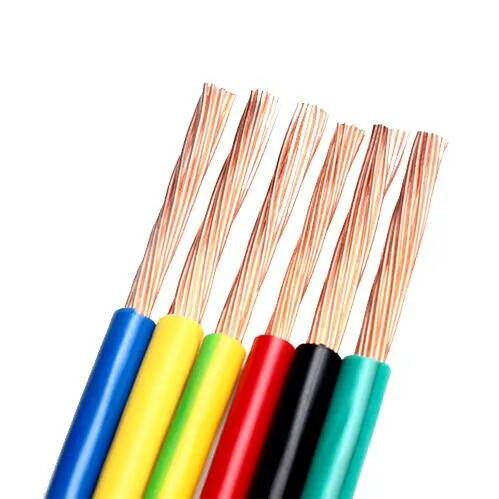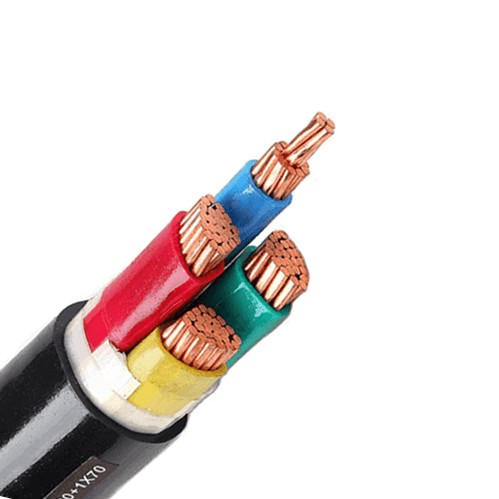News
In everyday life, the terms "wire" and "cable" are often used interchangeably, but in reality, they represent different electrical products. Understanding their differences not only helps in selecting the right products but also ensures electrical safety. This article will provide a detailed analysis of the differences between wires and cables and their respective application scenarios.
What is a Wire?
A wire is typically composed of one or several flexible conductors enclosed in a lightweight soft sheath, used to carry electric current through conducting metal wires. Wires come in various forms like solid, stranded, or foil-wrapped.
Key Characteristics:
Relatively simple structure
Typically single-layer insulated
Small cross-sectional area
Lower voltage rating

What is a Cable?
A cable consists of one or more insulated wire cores placed within a sealed protective sheath, which can also have additional protective covering layers. Cables can transmit electric power, signals, and facilitate electromagnetic energy conversion.
Key Characteristics:
Complex structure with multiple protective layers
Includes insulation layers, sheathing, shielding, etc.
Can have multiple cores
Suitable for higher voltages and complex environments

Main Differences Comparison
Applications
Typical Applications of Wires
1. Household electrical wiring (lighting, sockets, etc.)
2. Internal connections in appliances
3. Short-distance connections between low-voltage equipment
4. Temporary electrical usage scenarios
Typical Applications of Cables
1. Power transmission systems (underground, submarine cables)
2. Building main trunk lines
3. Industrial equipment power supply
4. Signal transmission (coaxial cables, data cables)
5. Special environments (fire-resistant cables, flame-retardant cables, etc.)
Selection Recommendations
1. Choose based on the environment: Cables should be selected for humid, corrosive, or mechanically vulnerable environments.
2. Consider voltage requirements: Specialized cables are necessary for high-voltage applications.
3. Factor in safety standards: Public spaces should opt for flame-retardant, low-smoke, halogen-free cable products.
4. Budget considerations: Simple applications do not require over-specifying cables, but critical scenarios should not compromise on wire suitability to save costs.
Conclusion
Proper differentiation and use of wires and cables not only affect the normal operation of electrical equipment but also directly impact personal and property safety. It is hoped that this article will help you make wiser decisions in your future selections and installations. Whether in home renovations or industrial projects, choosing the right wires and cables is the first step in ensuring electrical safety.

